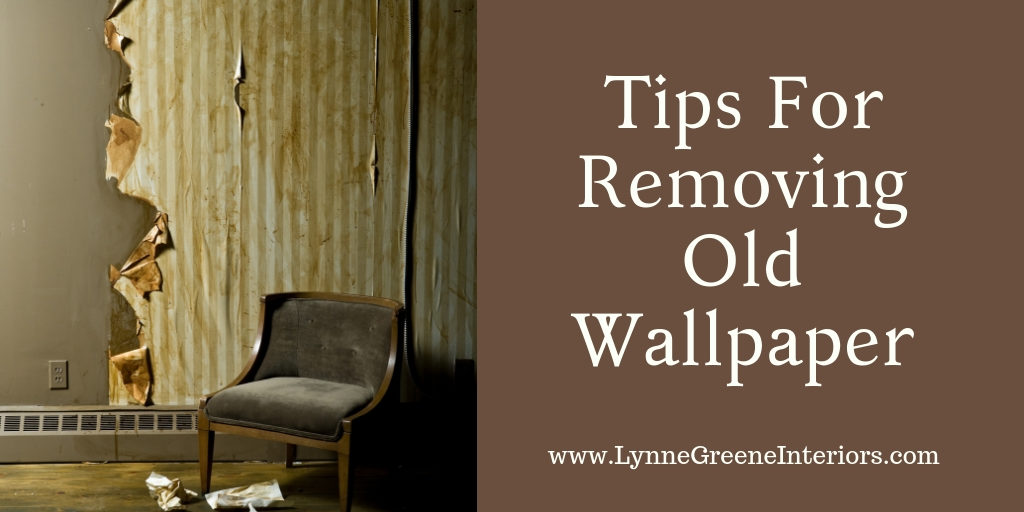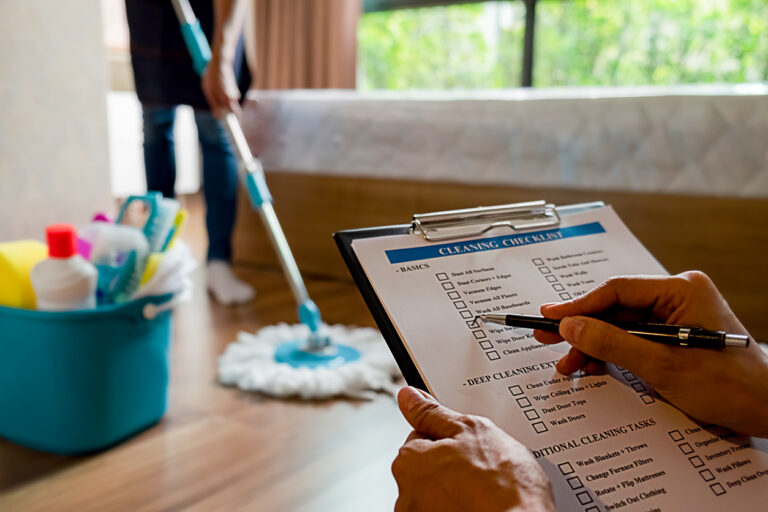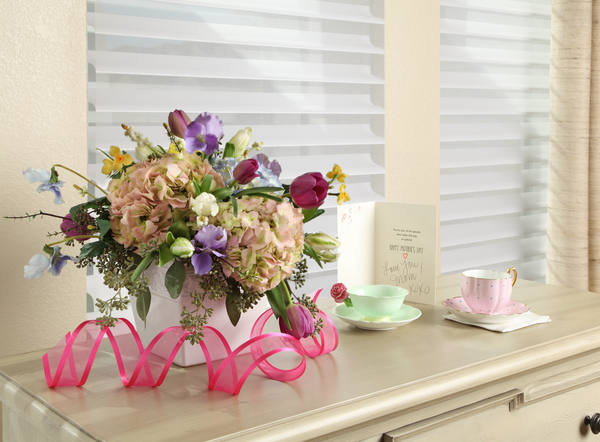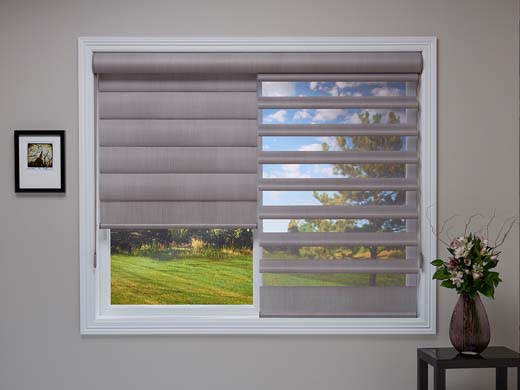Tips For Removing Old Wallpaper

If you have dated wallpaper in your home, you know how much of an eye sore it can be. Peeling edges, stains, bubbles and tears can make a once beautiful display of color and design look like a scene from a horror movie. Luckily, there are a few different ways to take down existing wallpaper, while leaving no evidence it was once there. These tips for removing old wallpaper will help make the process a painless, stress free experience.
Wall & Wallpaper Type
The first thing you should do is try to identify what your wall is made out of. The most common materials are drywall and plaster. Chemicals, adhesives and tools effect each material differently, which is why it’s so important to know what you’re working with. Additionally, figure out what type of wall paper and adhesive were used. Some wallpaper come with adhesive activated by water. These come off more easily than those affixed with industrial glues.
Prep Work
This phase is where you can save yourself from costly mistakes. Cleaning the walls will get any grime, insects and cobwebs off of the surface and likely loosen the adhesive holding the wallpaper up. Removing or covering furniture in the room will protect it from falling debris, spills and anything else that could potentially ruin it. Finally, using drop clothes to cover the floor will keep that carpet, hardwood or laminate safe while moving ladders and furniture, and while you’re tearing down the wallpaper.
Methods of Removal
Finding the right way to remove wallpaper will make your life a lot easier. For natural methods, water or vinegar applied with a sponge can break down the adhesive. Simply fill a bucket or squirt bottle with either liquid and soak the wallpaper. Let it sit and begin to gently scrape it off with a putty knife. If you have the budget for it, a steamer also gets the job done. Just run the steamer over the wallpaper, wait for the paper to bubble and peel, and use a putty knife to take it down. The third option is to use a chemical stripper. These are not very good for small, unventilated rooms due to the fumes. They also seep into the ground after the wallpaper is brought to the dump.
As we mentioned above, keep in mind the type of wall beneath the paper. Plaster tends to crumble, so minimize your scraping. Drywall is a little more durable and can be easily repaired if you damage the surface, so you can scrape a bit harder. However, drywall is porous, so try to avoid chemical peels that may seep into and remain in the drywall material.
Summary of Tips for Removing Old Wallpaper
As you can see, there are inexpensive ways to move on from damaged wallpaper. These tips for removing old wallpaper are designed to give you an overview of some options. Come down to our Massachusetts showroom when it’s time to put up a fresh coat of paint or new wallpaper. We have interior design expertise, a helpful staff, and plenty to choose from to transform your home into exactly what you want.






